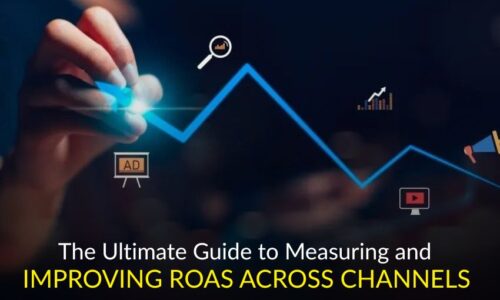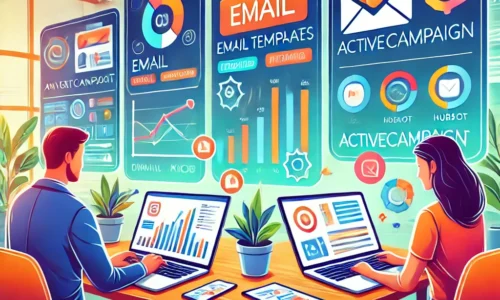
Nowadays, in the online marketplace, minimizing exit rates is critical for e-commerce growth. Exit rates indicate the percentage of visitors leaving your website after viewing just one page, often highlighting issues with engagement or usability.
A high exit rate can mean lost sales, reduced customer trust, and missed conversion opportunities. To counter this, businesses must implement innovative strategies that keep users engaged and encourage them to take action rather than leave prematurely.
1. Enhance User Experience
A seamless and intuitive user experience is fundamental to keeping visitors engaged. Potential customers challenge before exploring your products if your website is difficult to explore, slow to load, or not mobile-friendly.
One key factor affecting UX is website speed. Studies show that even a one-second delay in page loading time can significantly drop conversions. Optimizing images, leveraging browser caching, and minimizing unnecessary scripts can improve speed and ensure a smoother browsing experience.
Another crucial aspect is mobile responsiveness. With a growing number of users shopping via smartphones, your e-commerce store must adapt to various screen sizes. A responsive design ensures all elements, from navigation menus to product images, are easily accessible and functional on any device.
Navigation also plays a vital role in user retention. A clear, intuitive menu structure with well-organized categories helps customers find what they need effortlessly. Including a prominent search bar with autocomplete suggestions can further enhance usability.
Simplifying the checkout process, reducing the number of form fields, and offering guest checkout options can also significantly lower exit rates.
2.Craft Engaging and Persuasive Product Pages
Your product pages serve as the backbone of your e-commerce store. If they lack compelling content, potential customers may quickly lose interest. Adequate product descriptions should go beyond listing features; they should highlight benefits and real-world use cases that resonate with your audience.
Storytelling can be a powerful tool in this regard. Instead of merely stating that a backpack is “water-resistant,” you could describe how it protects valuables during an unexpected downpour, making it perfect for travelers and commuters. The more vividly you can paint a picture of how the product enhances a customer’s life, the more likely they are to purchase.
High-quality visuals are equally important. Clear, professional images taken from multiple angles help customers make informed decisions.
Using videos demonstrating the product’s usage or 360-degree views can further enhance engagement and reduce uncertainties. Investing in high-resolution images with zoom-in functionality allows customers to inspect details, making them more confident in purchasing.
Customer reviews and testimonials add an extra layer of credibility. Promising authentic reviews on product pages reassures visitors that others have had positive experiences with your products.
Consider integrating a Q&A section where potential buyers can ask questions and receive responses from previous customers or your support team.
3. Implement Exit-Intent Strategies to Retain Visitors
Despite your best efforts, some visitors will attempt to leave your site. Exit-intent technology can help capture their attention at the last moment and persuade them to stay. These tools detect when a user is about to exit and trigger a targeted pop-up with an enticing offer.
For instance, if a visitor moves their cursor toward the close button, a pop-up could appear offering a limited-time discount or free shipping on their first purchase. The key is to present an offer compelling enough to make them reconsider leaving.
Personalization can make these pop-ups even more effective. Displaying an offer based on the specific products they were browsing can increase the likelihood of conversion.
Another effective exit-intent strategy is capturing email addresses before visitors leave. Instead of merely asking them to subscribe to a newsletter, provide a tangible incentive, such as an exclusive discount, early access to new products, or a free resource.
Once you have their email addresses, you can send personalized follow-up messages with tailored offers and product recommendations, which called email marketing. Retargeting emails play a significant role in recovering lost sales. If a visitor leaves without completing a purchase, an automated email reminding them of the items in their cart, along with a special discount or a sense of urgency (e.g., “Only 2 items left in stock!”), can encourage them to return and complete the transaction.
Final Thoughts
Lowering exit rates isn’t just about keeping visitors on your site—it’s about creating an optimized and engaging shopping experience that guides them toward purchasing. You can effectively reduce exits and improve conversion rates by enhancing user experience, crafting compelling product pages, and leveraging exit-intent strategies.
E-commerce success hinges on how well you engage and retain customers. Implementing these strategies will keep visitors on your site longer, foster trust, increase sales, and encourage repeat purchases. Start applying these tactics today, and you’ll see measurable improvements in your store’s performance and customer satisfaction.




